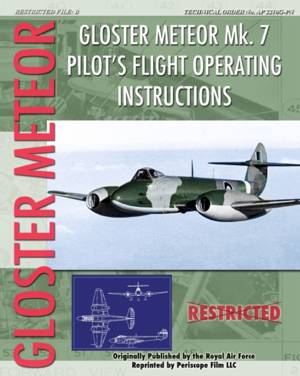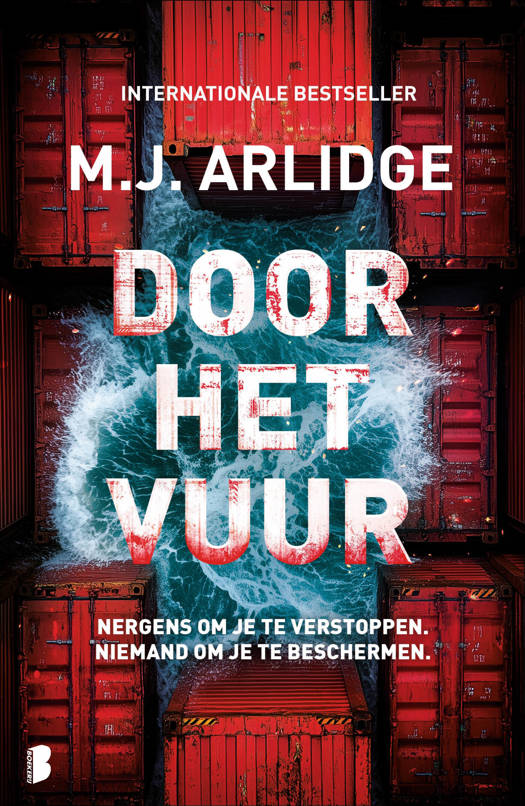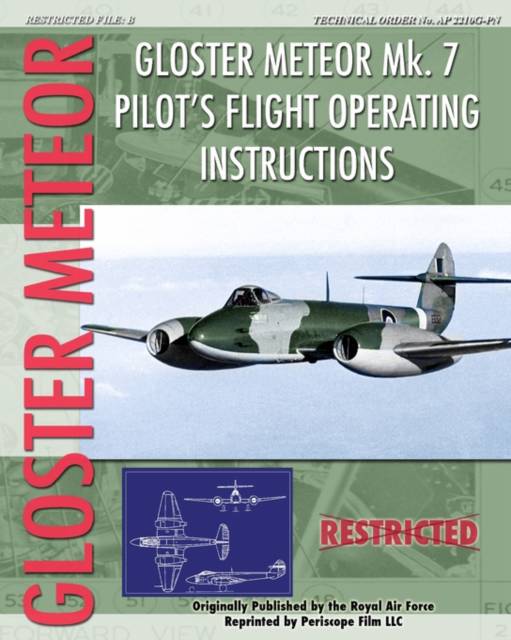
- Afhalen na 1 uur in een winkel met voorraad
- Gratis thuislevering in België vanaf € 30
- Ruim aanbod met 7 miljoen producten
- Afhalen na 1 uur in een winkel met voorraad
- Gratis thuislevering in België vanaf € 30
- Ruim aanbod met 7 miljoen producten
Zoeken
€ 22,45
+ 44 punten
Omschrijving
Designed by Gloster's brilliant chief engineer George Carter, the Meteor was Britain's first operational jet, and the first such aircraft in Allied inventory. The Meteor was an outgrowth of intensive r&d work conducted by Frank Whittle, inventor of the turbojet in 1929. The Meteor featured an all-metal fuselage, and straight wings with mid-mounted engine pods. The F1 version could achieve a speed of 417 mph at 10,000 feet, and entered service in June 1944. During WWII, it flew primarily as an interceptor against German V-1 "buzz bombs". Australian pilots flew it in combat during the Korean War, and Israel employed it during the Suez Crisis. The Meteor, in one variant form or another, remained in active service as a recon and training aircraft into the 1970s. Originally printed by Gloster and the Royal Air Force in 1957, this Mark 7 handbook provides a fascinating glimpse inside the cockpit of the trainer version of the Meteor. Originally confidential military information, this manual was declassified long ago and is here reprinted in book form.
Specificaties
Betrokkenen
- Auteur(s):
- Uitgeverij:
Inhoud
- Aantal bladzijden:
- 116
- Taal:
- Engels
Eigenschappen
- Productcode (EAN):
- 9781935327912
- Verschijningsdatum:
- 21/01/2010
- Uitvoering:
- Paperback
- Formaat:
- Trade paperback (VS)
- Afmetingen:
- 203 mm x 254 mm
- Gewicht:
- 244 g

Alleen bij Standaard Boekhandel
+ 44 punten op je klantenkaart van Standaard Boekhandel
Beoordelingen
We publiceren alleen reviews die voldoen aan de voorwaarden voor reviews. Bekijk onze voorwaarden voor reviews.











